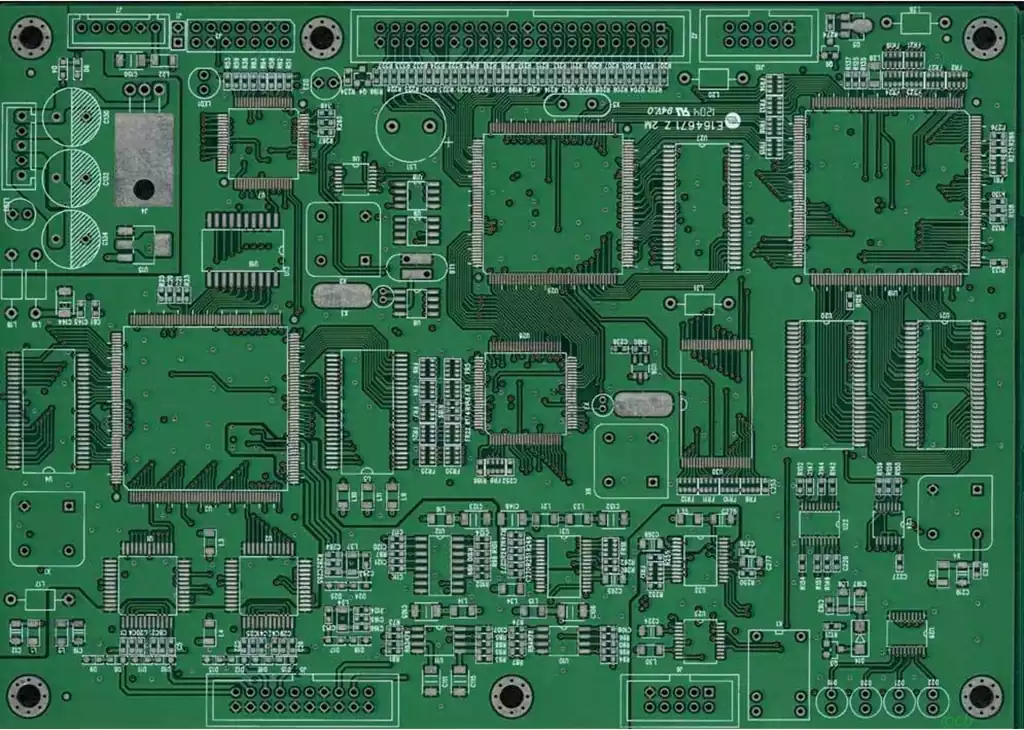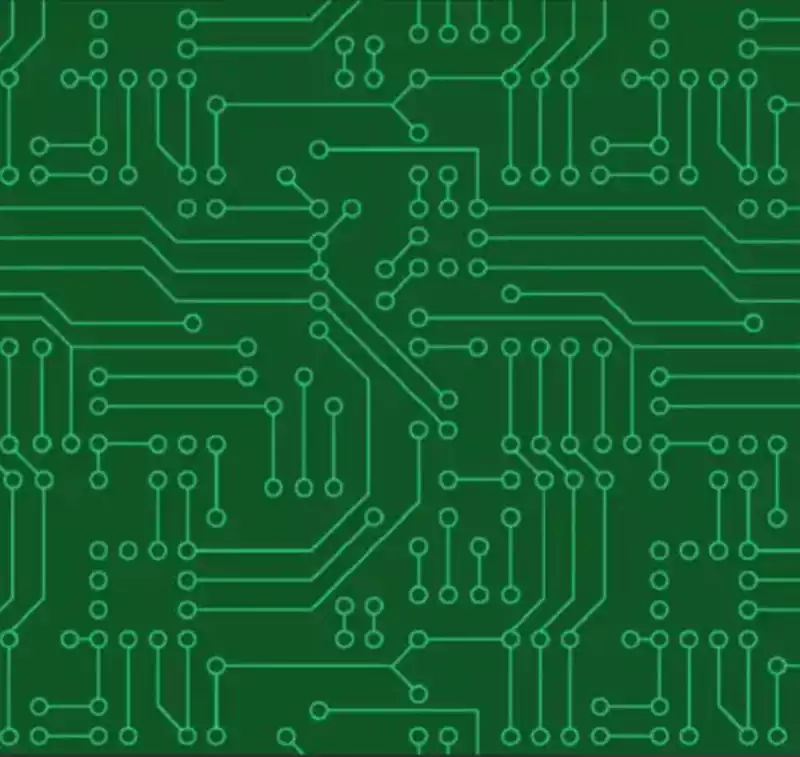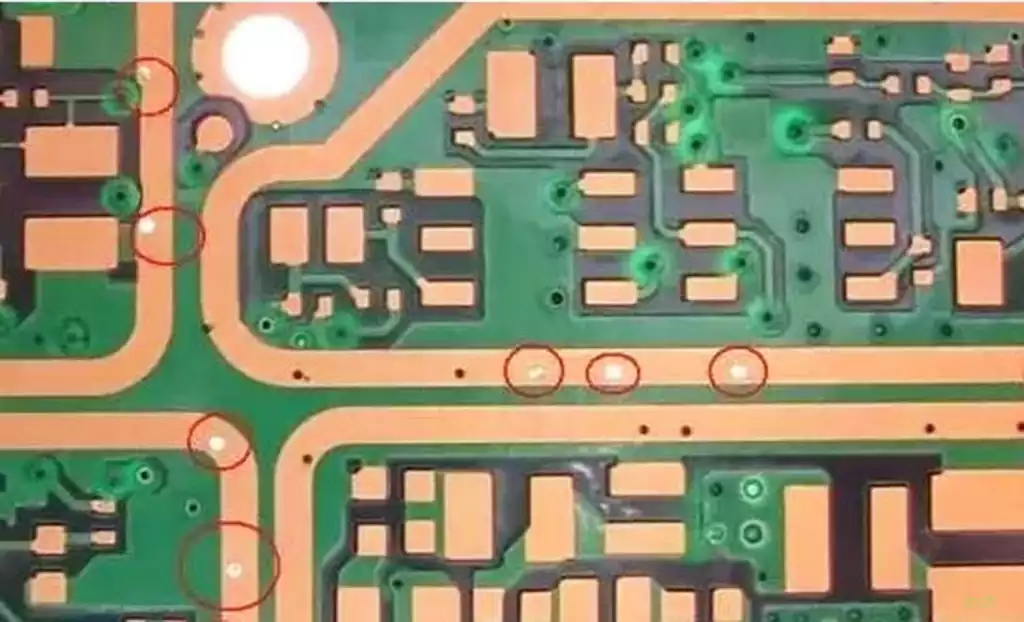What is a circuit board? A circuit board is a thin sheet made of conductive material, on which are densely covered with a variety of electronic components and lines. It is the core component of electronic equipment, used to connect and support electronic components, to realize the electrical connection and signal transmission.
There are many types of circuit boards, including single-sided boards, double-sided boards and multilayer boards. The material is mostly a mixture of fiberglass and epoxy resin (FR-4), but there are also ceramic circuit boards and other special materials made of circuit boards. In addition, there is a flexible circuit board (FPC), which has a very high flexibility and wiring density, commonly used in electronic products that need to be bent or folded. Circuit boards are widely used in various types of electronic equipment, such as computers, communications equipment, household appliances and automotive electronics.
what are circuit boards made of
General PCB board with substrate materials can be divided into two categories: rigid substrate materials and flexible substrate materials, rigid substrate materials, the most common is the copper-clad board. Specific materials are the following four: resin, fiberglass cloth, FR-4, and aluminum substrate.
Resin
Epoxy resin is a commonly used material for PCB boards, which can produce polymerization reaction after heat curing. At the same time, the resin has excellent electrical insulation properties and can be used as an adhesive between the copper foil and the fiberglass cloth, with the main characteristics of heat resistance, chemical resistance, water resistance, and electrical resistance.
Fiberglass Cloth
Fiberglass cloth is used as a PCB board material, in which the inorganic material is melted at high temperature and then cooled to produce non-crystalline objects, and then interwoven with warp and weft threads to form a reinforcing material, which is highly reliable.The more commonly used specifications of E-glass fiberglass cloth are: 106, 1080, 3313, 2116, and 7628.
FR-4
FR-4 is a heat-resistant material grade, which refers to the specification of a resin material that must extinguish itself after burning. There are many types of FR-4 grade materials currently used in circuit boards, and most of them are called 4-function (Tera-FuncTIon) epoxy resins and composites made of filler (Filler) and glass fibers.
Aluminum substrate
Aluminum substrate, whose main component is aluminum, consists of a copper skin, an insulating layer and an aluminum sheet. Aluminum substrates have excellent heat dissipation properties and are therefore most widely used in the LED lighting industry.

How do circuit boards work
The core principle of circuit boards (PCBs) is the use of insulating materials to isolate and cover the conductive layer of copper foil on the surface, thus ensuring that the current flows in a strict and predefined path. In this way, circuit boards are able to efficiently connect electronic components to perform complex functions such as power generation, amplification, attenuation, modulation, demodulation, and coding. This design not only ensures precise control of the current, but also provides a stable electrical connection for the proper functioning of electronic devices.
Circuit boards are mainly composed of pads, vias, mounting holes, wires, components, connectors Waterford circuit boards of thin-film lines SMT patch Waterford circuit boards of thin-film lines SMT patch, filler, electrical boundaries, etc., the main functions of each component are as follows:
Pad: metal holes for welding pcb component pins.
Through-hole: metal through-hole and non-metallic through-hole, of which the metal through-hole is used to connect the component pins between the layers.
Mounting holes: used to fix the board.
Wires: The electrical network of copper film used to connect the component pins.
Connectors: Used to connect components between circuit boards.
Filling: Copper laying for the ground network, which can effectively reduce the impedance.
Electrical boundary: Used to determine the dimensions of the circuit board, all components on the board can not exceed the boundary.
Circuit boards, as the core components of electronic equipment, not only carry a variety of electronic components and lines, but also to realize the key to electrical connections and signal transmission. Its diverse types and material selection, so that the circuit board can be adapted to the needs of different electronic equipment, to achieve a variety of complex functions. With the continuous development of science and technology, it will continue to play its core role in electronic equipment, promote the innovation and progress of the electronics industry.


